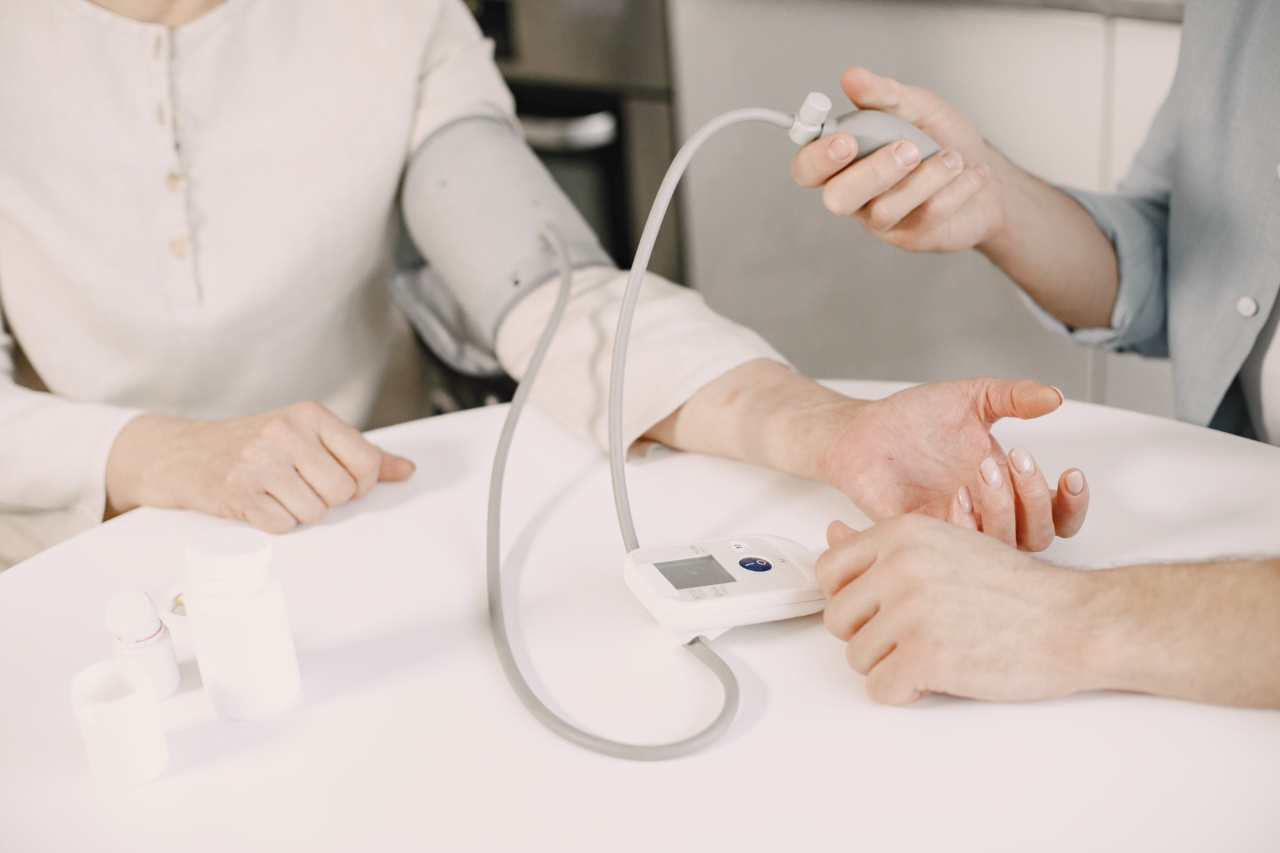Measuring your blood pressure at home can help you keep a better track of your overall health. However, it’s essential to know how to measure it accurately to avoid any incorrect readings.
Home blood pressure monitors are widely available and easy to use with the right instructions.
Optimal time for measuring
The best time to measure your blood pressure at home is in the morning, before you take any medication or have breakfast.
Health professionals recommend measuring your blood pressure at least twice a day, ideally in the morning and evening, with at least a five-minute rest in between measurements. Generally, it’s better to wait for at least half an hour after taking any medications before measuring your blood pressure with a home monitor. Doing so can give you the most accurate results.
Blood pressure reading equipment
To measure your blood pressure accurately, you need to use the right equipment. It’s better to purchase the device from a reliable source, such as a pharmacy or a medical equipment store.
The most common blood pressure monitors used at home include:.
- Digital monitors: – With a digital monitor, you will wrap the cuff around your upper arm, above the elbow. You can get a reading by touching a button on the device, and the machine will provide you with a numerical reading of your blood pressure.
- Aneroid monitor: – The aneroid monitor is a manual blood pressure monitoring machine that looks like a clock. It also has a cuff that wraps around the upper arm. The measurement is indicated with a pointer that moves around the dial when you inflate the cuff.
Preparing for measurement
Before you take your blood pressure measurements, make sure you have taken the following precautions:.
- Avoid caffeine and alcohol for at least an hour before measuring your blood pressure.
- Don’t smoke for at least an hour before taking the reading.
- Sit quietly for five minutes before the measurement to ensure an accurate reading.
You should also sit in a comfortable position with your feet flat on the floor. Make sure your back is supported, and your legs aren’t crossed. Avoid talking during the measurement as it can give a false reading.
Ideally, when measuring, You should have your arm resting on a flat surface, with the cuff at heart level.
The process of taking a measurement
The process for measuring your blood pressure may vary based on the type of monitor you use. Here is a general process:.
- Fit the cuff around your upper arm, approximately one inch above the elbow. The cuff should be tight enough to allow only one finger to fit between the cuff and your arm, leaving enough space to slip a finger under the cuff.
- Press the start button, and the cuff will inflate and tighten around your arm.
- Wait for the machine to give you a reading. The time required for the measurement will depend on the device’s design. It could be as little as 30 seconds or up to several minutes.
- The cuff will deflate, and the machine will give you a numerical reading of your blood pressure in millimeters of mercury (mmHg).
- Record your measurement in a log, along with the date and time of the measurement. This log will help you keep track of your blood pressure over time.
Interpreting your blood pressure readings
It’s important to understand what your blood pressure numbers mean to interpret them accurately. Your blood pressure reading contains two numbers: systolic pressure on top and diastolic pressure on the bottom.
The systolic pressure is the force produced by your heart when it beats, pushing blood out to your arteries. The diastolic pressure is the pressure in your arteries when your heart is resting between beats. Here’s what the numbers mean:.
- Normal blood pressure: – If your reading is less than 120/80 mmHg, then it’s considered to be within the normal range. This is an excellent result and indicates that your blood pressure is not a cause of concern.
- Elevated blood pressure: – If your reading ranges between 120/80 mmHg and 129/89 mmHg, it’s called elevated blood pressure. It’s not a cause of concern, but it is a warning for future hypertension.
- Hypertension stage 1: – If your reading ranges between 130/80 mmHg and 139/89 mmHg, it indicates that you have hypertension stage 1. You should talk to your doctor about lifestyle changes and treatment options.
- Hypertension stage 2: – If your reading ranges between 140/90 mmHg and 179/120 mmHg, it indicates that you have hypertension stage 2, which requires proper medical treatment.
- Hypertensive crisis: – If your reading is over 180/120 mmHg, you are at risk of hypertensive crisis. You should seek immediate medical attention, as it can cause severe damage to your organs.
Final thoughts
Measuring your blood pressure at home is an excellent way to keep track of your overall health. However, it’s important to know how to measure it accurately to avoid any incorrect readings.
By following the above guidelines, you can get the most accurate readings possible, and monitor changes over time. Remember to talk to your doctor to understand what your blood pressure readings mean and how to interpret them.






























